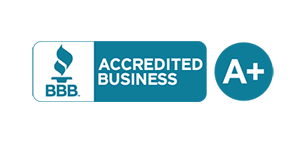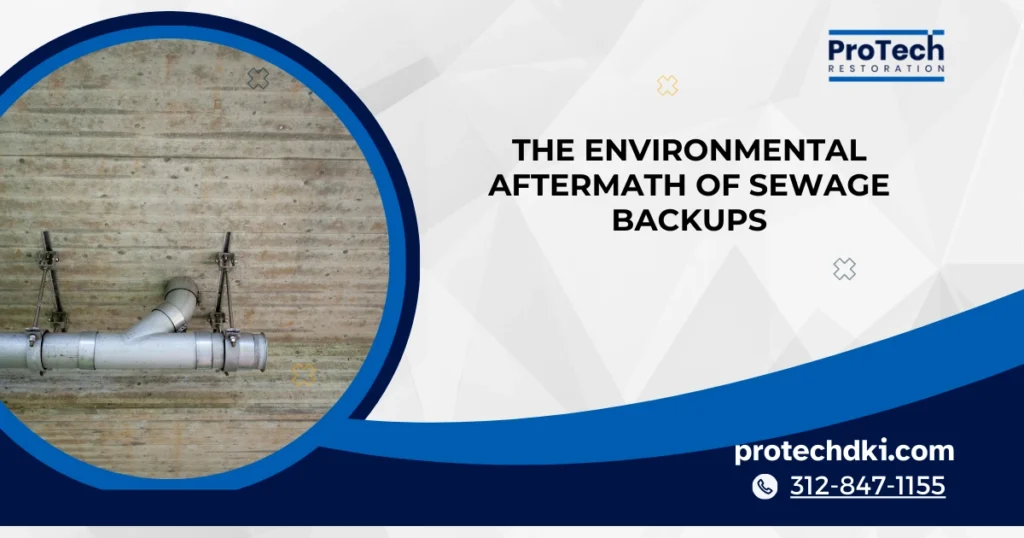Experiencing a sewage backup in your home is distressing and poses serious environmental health risks. As a homeowner in Chicago, it’s crucial to understand the environmental aftermath of such an incident. This guide by ProTech Restoration will provide valuable insight into the necessary steps for cleanup and prevention.
Understanding the Impact
Sewage backups present a severe threat to both homes and the environment, releasing harmful contaminants such as bacteria, viruses, and pathogens that pose substantial health risks. The immediate consequences are visibly evident through water contamination and structural damage to homes and furnishings. Beyond the apparent physical damage, the released contaminants can have lasting impacts on human health. Exposure to these hazardous substances increases the risk of waterborne diseases and infections. The environmental repercussions are also profound, as the pollutants can infiltrate soil and water sources, adversely affecting ecosystems. Proper prevention measures, timely cleanup, and professional assistance are crucial in mitigating the health and environmental hazards associated with sewage backups, ensuring the safety of both residents and the surrounding ecosystem.
The Cleanup Process
- Immediate Response: The first step is to stop the backup source. This may require professional assistance.
- Assessment and Safety Measures: Before cleanup, assess the extent of damage. Ensure wearing protective gear during cleanup.
- Removal and Disinfection: Remove the sewage water and affected items. Thoroughly disinfect all surfaces to eliminate pathogens.
- Drying and Ventilation: Properly ventilate the area to prevent mold growth. Use dehumidifiers and fans to dry out the space.
Prevention Tips
- Regular Maintenance: Regularly inspect and maintain your sewage lines.
- Proper Disposal: Avoid disposing of grease, harsh chemicals, and non-degradable items in the drain.
- Install Backflow Prevention Devices: Consider installing devices that prevent sewage from backing up into your home.
Environmental aftermath considerations
After a sewage backup, the environmental aftermath is a critical concern, as contaminants can infiltrate the soil and groundwater, posing a threat to local ecosystems. Responsible handling is paramount to mitigate this impact. Swift and proper cleanup measures must be employed to prevent long-term harm, ensuring minimal disruption to the surrounding environment. Consideration for the broader ecological consequences emphasizes the importance of environmentally conscious practices in addressing and rectifying such incidents.
Conclusion
Dealing with sewage backups is challenging, but understanding the environmental aftermath and adopting preventive measures can mitigate risks. If you’re in Chicago and facing such an issue, don’t hesitate to contact ProTech Restoration. Our expert team is equipped to handle these emergencies efficiently, ensuring your home’s safety and contributing to a healthier environment.
FAQ’S
1: How long should I wait before entering the area affected by a sewage backup?
It’s advised to wait until a professional has deemed the area safe. This is because sewage water contains harmful pathogens that can pose serious health risks.
2: Can I clean up a sewage backup myself, or should I always call a professional?
While minor backups might be manageable, it’s generally recommended to call a professional, especially for significant backups, to ensure thorough cleaning and disinfection.





